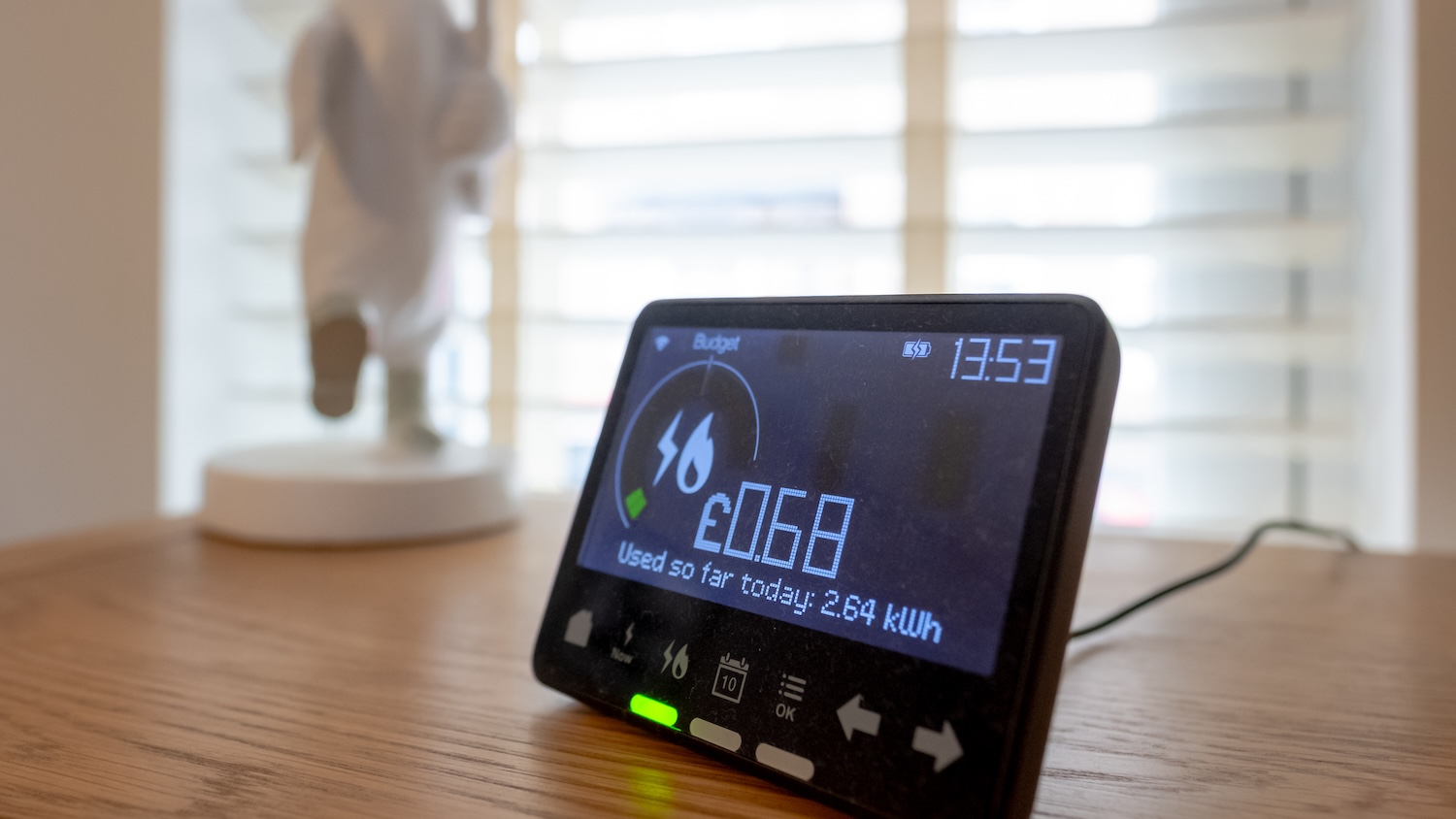
If the UK is to achieve its ambitious decarbonisation targets, digitalisation needs to be adopted throughout the electricity system, from consumer goods to the grid network, argues Arup global digital energy leader Simon Evans.
The energy transition needs to take a larger step into a digital future and the government has an important role to play in this. It has the power to encourage progress and set out a roadmap capable of delivering the digitalisation the UK needs.
To help understand this need, we undertook a six-month feasibility study to explore the concept of an energy system ‘digital spine’. It identified the needs case and challenges for the energy sector to facilitate the secure and resilient sharing of data through a common data-sharing infrastructure.
The findings highlighted the energy sector’s challenges in facilitating data sharing. Failure to overcome these threatens any efforts to decarbonise and ensure system stability – issues we must urgently address if we are to progress towards our climate targets. However, these challenges are not insurmountable and can be overcome through an enabling infrastructure.

“Digitalisation is not a bolt-on and needs to be pursued throughout the wider energy system. All stakeholders must buy into it: grid operators, energy providers and consumers.”
Building a digital-first system
The future of the electricity system must be digital first if it is to handle regular market changes, whether that be the integration of renewable energy sources or the adoption of demand-side flexibility technology. Digital approaches allow for right-time data gathering, analysis, and optimisation. These will enable the grid to adapt swiftly, make informed decisions, and operate more efficiently – ultimately resulting in reduced costs and improved balance between supply and demand
However, to make this a reality and truly implement these tools, digitalisation activities must be carried out in tandem with improved collaboration. This means developing a culture where all parties can seamlessly share knowledge and collaborate, contributing to the advancements of projects.
Digitalisation is not a bolt-on and needs to be pursued throughout the wider energy system. All stakeholders must buy into it: grid operators, energy providers and consumers. It should become a core feature of new processes, skills, and the organisational cultures of the entire energy sector, from generation to distribution. This cultural transformation is critical for delivering a more productive approach to decarbonisation.
Driving behavioural change
The benefits of the digitalisation of the electricity system are particularly clear when seen from a consumer’s perspective. Through devices like smart thermostats, EV chargers and smart appliances, consumers can actively manage their energy consumption by responding to real-time price signals. This opens the door to personal savings on bills, and on a macro level, a more resilient electricity network. Yet uptake of smart meters in the UK lags behind our European peers. Blame for this can be attributed to a failure of industry and policymakers to communicate clearly how digital solutions deliver benefits. We, the industry, need to change our approach.
Delivering digitalisation across the electricity system should no longer be viewed as a technical challenge, it needs to be seen as a socio-technical one. Real progress will be delivered through a shift in perspective of both customers and policymakers.
“Engaging consumers is not just about providing the technology, but also about fostering awareness and motivation to use it effectively.”
But what does this look like in practice? For policymakers, it means implementing measures that improve access to, and trust in, digital alternatives. While for energy providers it means providing incentives and support to encourage consumers to adopt energy-saving behaviours.
Ultimately, engaging consumers is not just about providing the technology, but also about fostering awareness and motivation to use it effectively. Without swift adoption of clean technologies across homes, businesses and industries, the path to net zero will increasingly depend on more fossil-dependent technologies. Improving consumer education and engagement is critical to unlocking the potential of these technologies.
Creating a clear strategy
We know that digitalisation is a crucial enabler for managing the complexity of an energy system, so what is needed now is not further review, but a single point of coordination with a clear digital strategy that can convene stakeholders across the sector.
Encouraging collaboration between industry players, tech companies, regulators and consumers is vital. Platforms for sharing innovations, data and best practices need to be developed to support the necessary sector-wide digital transformation. Once this is in place, a delivery plan should follow, which can encourage collective action towards embedding digitalisation in the electricity system, making data accessible and building necessary digital infrastructure.
We need stakeholders to ‘collaborate on the rules’ before they can ‘compete on the game’. Once progress gathers pace, efforts must then focus on maintaining momentum. Through strong leadership, investment and engagement, the energy system can be transformed to meet future challenges.
Don’t miss out on BIM and digital construction news: sign up to receive the BIMplus newsletter.











